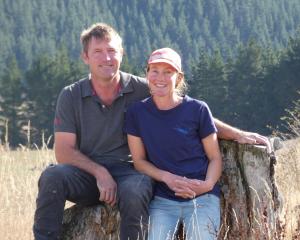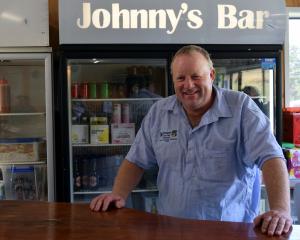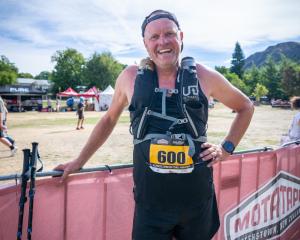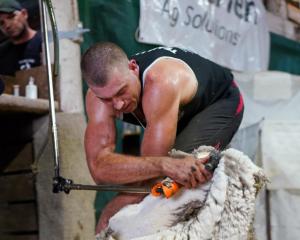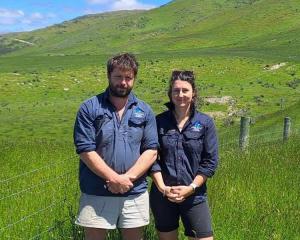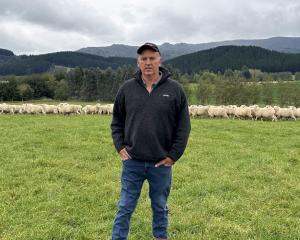
However, Otago-based conservationist Glen Riley has made it his business to make the three elements more harmonious.
Five years ago, when the 36-year-old was recovering from a stroke, he was forced to think of the worst-case scenario.
“I thought I may not be able to say my name or use the right-hand side of my body.”
The medical emergency was brought on when he was hit in the neck by a squash ball during a tournament in Oamaru.
“I thought, if I’m out of action what am I going to do for income?”
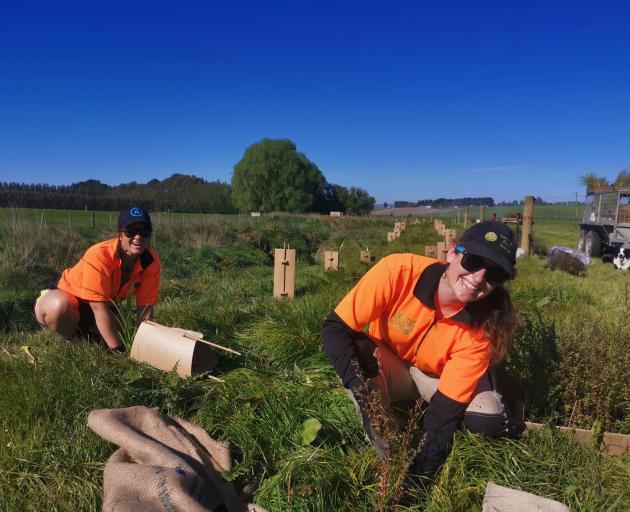
At the time of his mishap, Mr Riley had already built a reputation in the ongoing development of the world-renowned 2000ha Sinclair Wetlands that connect lakes Waihola and Waipori on the Taieri Plain.
It is the result of the late Horrie Sinclair’s vision, from his 1960 purchase of a run-down farm between the two lakes that he reverted to its original wetland condition. It is a path that many farmers are following in the pursuit of better water quality and sustainability, and Mr Riley was proud to be at the forefront of promoting riparian planting.
Fortunately, he did recover from the stroke, and last week still sported the remnants of two black eyes from another collision with a squash ball. He has continued to play the game as the ultimate stress-buster because it keeps him fit and on the ball.
He is bringing his A game to projects in the Pomahaka catchment, and with major companies such as Fonterra, along with organisations such as Doc and Fish & Game.
“We’re the greenies who understand farming, and that’s what we’re doing successfully.

“Farmers have got a lot on their plates running a farm. It’s too much to expect them to do habitat restoration, and there’s a lot of government pressure on farmers.
“Years back, they were told to drain their swamps, to burn the bush, now we’re blaming them for getting rid of the wetlands. I don’t think its feasible to expect them to dip into their pockets. We should be supportive of farmers who are trying to do the right thing.”
His passion for the environment comes from growing up as the son of organic market gardeners in Kakanui near Oamaru.
“I grew up in horticulture and knowing how to feed people, so I have a direct relationship to farming. Growing up in Kakanui is part of who I am.”
He always wanted to work in the outdoors. As a school-leaver, he joined the Conservation Corps, designed to get children into conservation. It was a good taster.
“I wanted to be an outdoor education instructor, and I wanted to be in adventure tourism, but I soon found that giving people a fun day out wasn’t as fulfilling as it would working in conservation.”
Because of his background, he felt he understood the connections between the land, wildlife and rural sector, and the delicate balance between people, economy and environment. It led to his involvement with high-profile Otago reserve Penguin Place where he worked for eight years before going to the Sinclair Wetlands.
Conservation was very much “playing the long game,” he said.
“It is the space that I feel most passionate about, and it’s great to see so many [farmers] doing something about it.”
- By Mary-Ho Tohill




